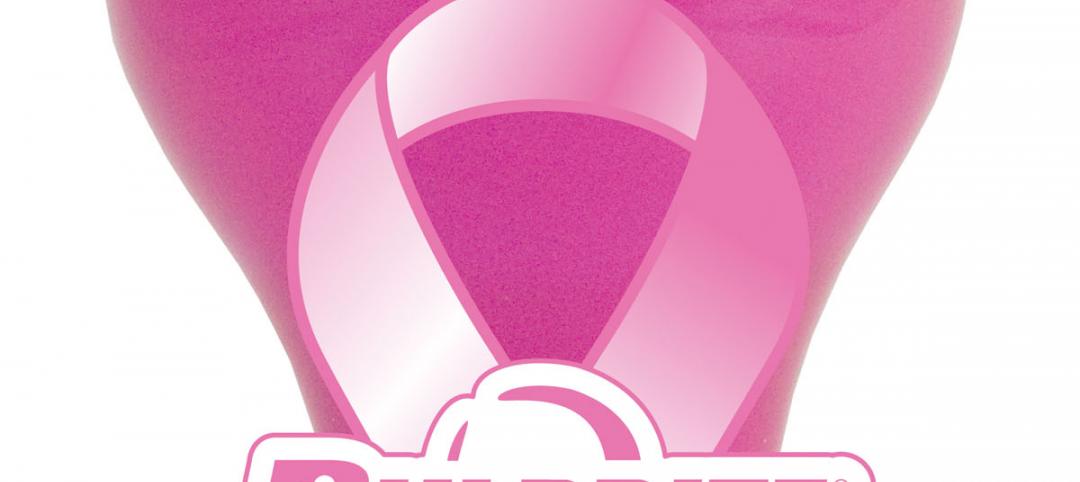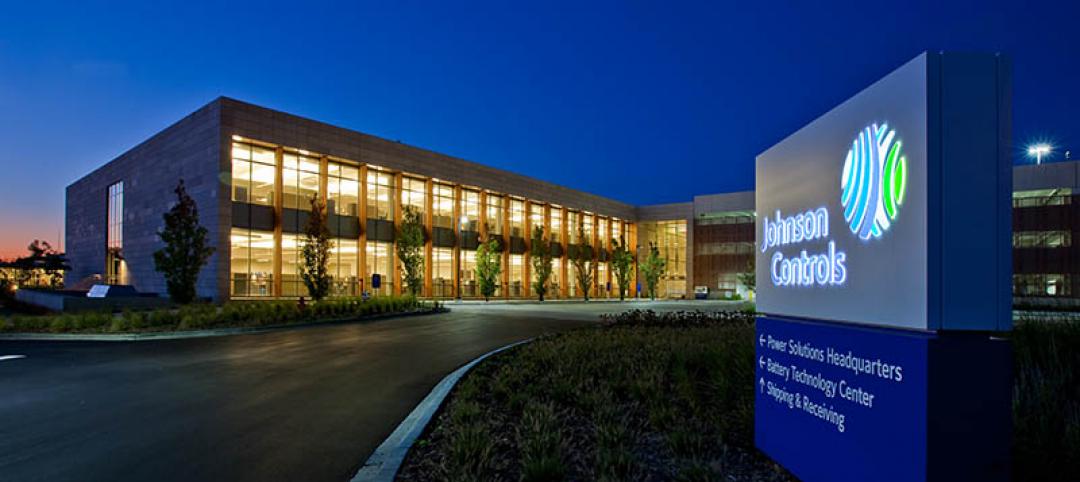Building Teams will find more ways to enhance water efficiency indoors than ever before. These include dishwashers with reduced water consumption and low-flow toilets with improved circulation design. These new low-flow toilets come with pressure-assisted and vacuum-assisted flush fixtures, which don’t rely solely on gravity and flow for movement of waste, says James Del Monaco, Sustainability Director at P2S Engineering.
Ultra-low-flow fixtures and waterless urinals are also being adopted. One Swedish maker has created a line of toilets that use 0.16 gallons of water per flush. A second fixture design uses half that, only 0.08 gallons per flush, with a vacuum assist. Standard U.S. low-flow models are calibrated for 1.6 gallons per use.
“In bathrooms, other high-efficiency plumbing fixtures should be used,” says Jorge Mastropietro, AIA, Principal of Jorge Mastropietro Architects Atelier. “This includes water-efficient shower heads, and faucets with motion sensors or timed operation.” The architect adds that even soap selection in a commercial restroom can impact water use: Studies show that handwashers using foaming hand soaps use about 16% less water than those using liquid soaps, because less water is required to rinse it off.
Mastropietro encourages his multifamily and institutional clients to buy high-efficiency washers and dryers, which may have a slight price premium. “For kitchens and laundry facilities, the use of Energy Star-rated equipment will result in water savings,” says P2S’s Del Monaco. “Laundry facilities can also use ozone systems to reduce water and energy consumption.”
Project teams with leadership from mechanical engineers and plumbing engineers have been successfully incorporating water reuse concepts in their restrooms, foodservice areas, and other places where water quality is ideal for graywater applications. “Graywater can be recycled for toilet flushing and irrigation, provided that the user does not drain toxic ingredients into the system,” says Mastropietro. According to the engineer Del Monaco of P2S, “There are multiple factors to consider when decided if a graywater system can be utilized, such as estimating the amount of available graywater to be generated, the space and costs associated with storing and treating graywater, as well as soil quality, landscaping, and site topography.”
Both professionals recommend the use of life cycle cost analysis (LCA) should be performed to identify the feasibility of incorporating graywater technologies. “This should include an understanding of the maintenance and intangibles associated with the use of such a system,” adds Del Monaco. Recently a number of fixture manufacturers have introduced small-scale water reuse products -- often called graywater diverters -- and several companies offer packaged systems designed for two basic applications: Irrigation only vs. graywater reused for indoor toilet flush, laundry, fire protection, building cleaning, car and truck washes and landscape irrigation. For irrigation, the system comprises essentially diverted water sources that are mechanically filtered and moved by gravity or pumped to subsurface (underground) irrigation points. For the multiple-use systems, the collected water also must be buffered, treated and disinfected to meet building codes and health regulations.
“Graywater reuse for interior plumbing is not a cheap strategy and should be considered where it does not place undue burden on project costs,” says Skolnick’s Gross.
In addition to domestic water recapture, many mechanical systems and manufacturing processes that use water are ripe for recycling, says Breeze Glazer, LEED AP BD+C, Senior Associate and Sustainable Design Leader in Perkins+Will’s New York officer, who has worked on dozens of LEED Platinum and LEED Gold projects. “For example, condensate capture is another strategy to be considered,” he says. “It’s naturally produced when air passes over the cooling coils of any HVAC system. The typical practice is to drain the water into the waste water system and sent for municipal treatment along with other effluents. However it is a relatively high-quality water source that can be captured in a cistern and used for nonpotable water needs in the building such as landscape irrigation or cooling tower makeup without substantial alterations to the plumbing system.”
Related Stories
| Oct 12, 2011
FMI’s Construction Outlook: Third Quarter 2011 Report
Construction Market Forecast: The general economy is seeing mixed signs.
| Oct 11, 2011
Pink light bulbs donated to Society of Memorial Sloan-Kettering Cancer Center
For every Bulbrite Pink Light Bulb that is purchased through the Cancer Center Thrift Shop, 100% of the proceeds will be donated to help support breast cancer research, education, screening, and treatment.
| Oct 7, 2011
GREENBUILD 2011: Demand response partnership program announced at Greenbuild 2011
Program will use USGBC’s newly revised LEED Demand Response credit as an implementation guideline and leverage its relationships with the building community to foster adoption and participation in existing utility and solution provider demand response offerings.
| Oct 7, 2011
GREENBUILD 2011: Otis Elevator announces new contracts for sustainable building projects
Wins reinforce Otis’ position as leader in energy-efficient products.
| Oct 7, 2011
GREENBUILD 2011: UL Environment releases industry-wide sustainability requirements for doors
ASSA ABLOY Trio-E door is the first to be certified to these sustainability requirements.
| Oct 7, 2011
GREENBUILD 2011: Schools program receives grant to track student conservation results
To track results, schools will use the newly developed Sustainability Dashboard, a unique web-based service that makes tracking sustainability initiatives affordable and easy.
| Oct 6, 2011
GREENBUILD 2011: Growing green building market supports 661,000 green jobs in the U.S.
Green jobs are already an important part of the construction labor workforce, and signs are that they will become industry standard.
| Oct 6, 2011
GREENBUILD 2011: Dow Corning features new silicone weather barrier sealant
Modular Design Architecture >Dow Corning 758 sealant used in GreenZone modular high-performance medical facility.
| Oct 6, 2011
GREENBUILD 2011: NEXT Living EcoSuite showcased
Tridel teams up with Cisco and Control4 to unveil the future of green condo living in Canada.
| Oct 5, 2011
GREENBUILD 2011: Johnson Controls announces Panoptix, a new approach to building efficiency
Panoptix combines latest technology, new business model and industry-leading expertise to make building efficiency easier and more accessible to a broader market.
















